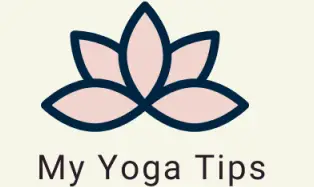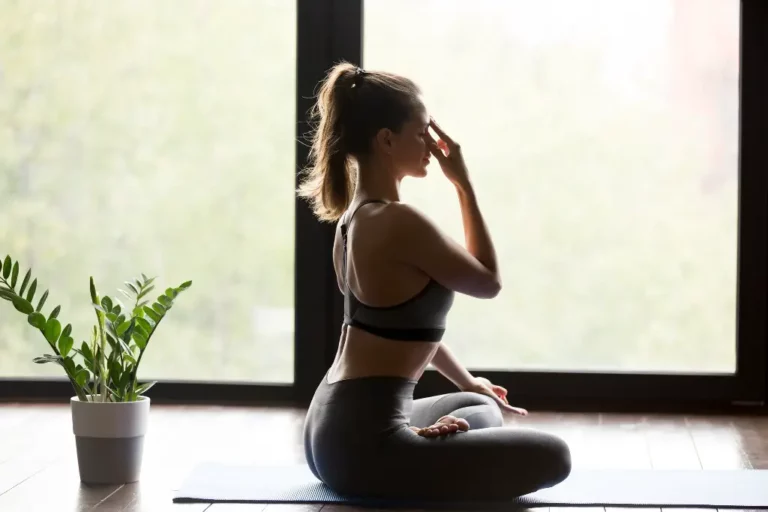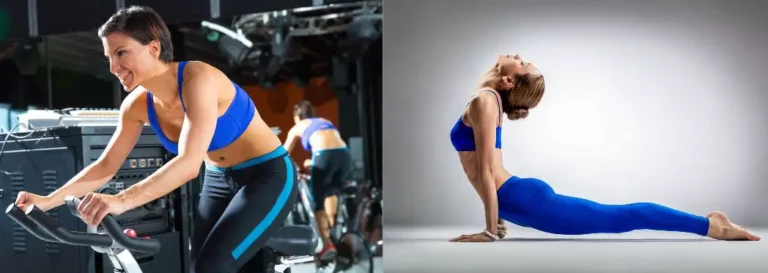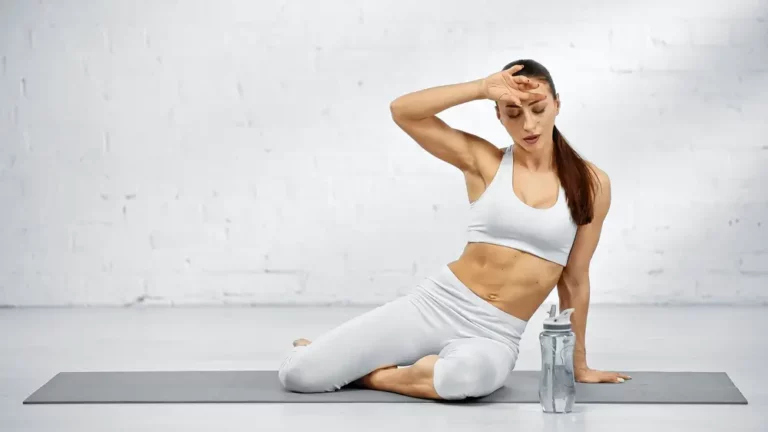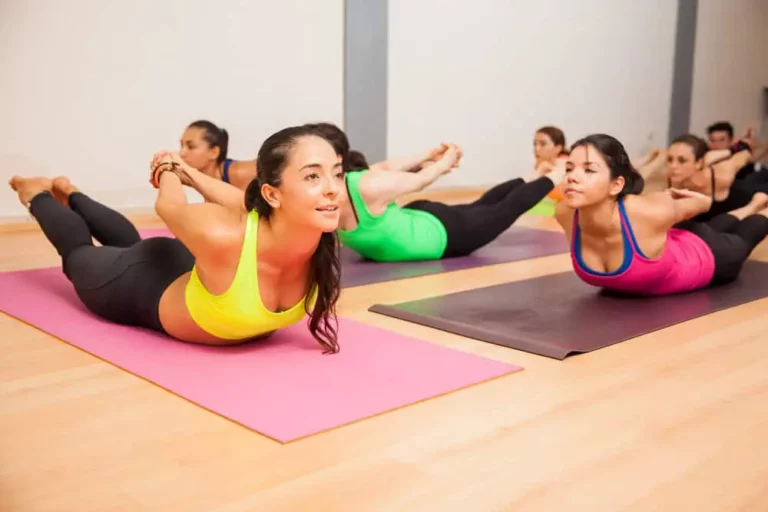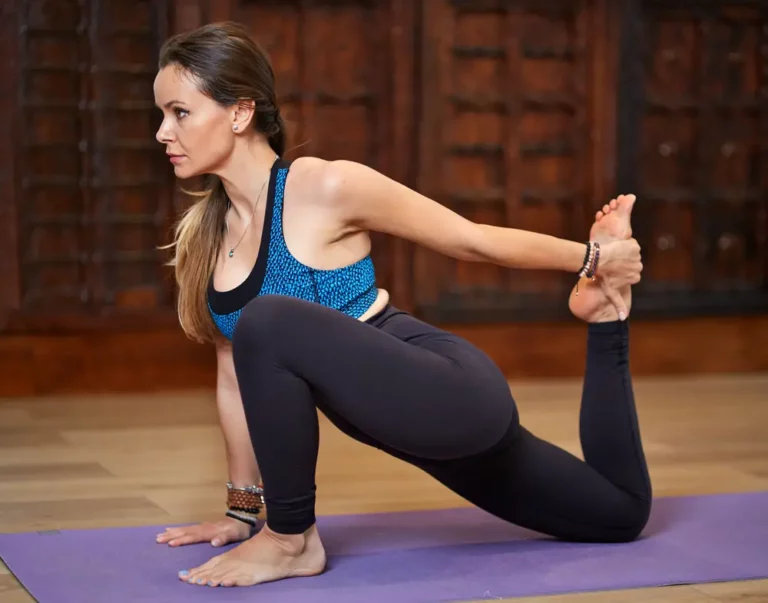Why Do Hip-Openers Make You Cry?
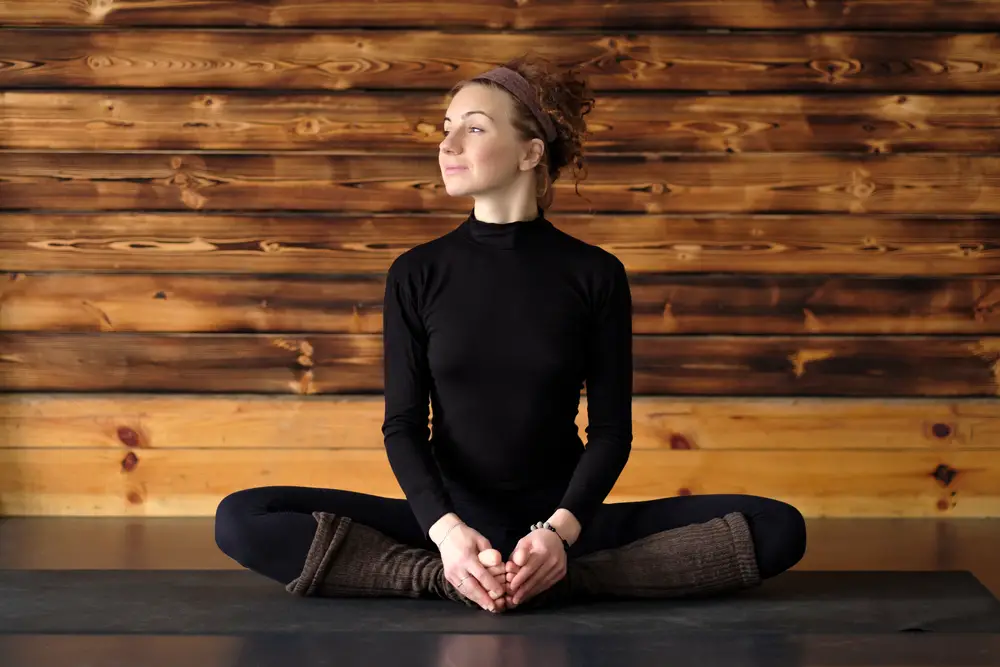
Yoga combines sports and meditation, merging them into an art form that can provide both physical and emotional benefits. Often, our bodies act as a storehouse for unresolved emotions—which yoga may release. The hip opener posture can cause several emotional reactions, but why would hip openers make you cry?
Hip openers can make you cry because our memories and past experiences—including unresolved trauma—are often stored in the hip area. Your hips are among the main areas that hold tension, so when you work them and release that tightness, a surge of emotions erupts inside you that might cry.
We have labored under the misconception of mind/body duality for too long—when the truth is that our bodies and minds are a unified whole. Yoga can tap into the emotions held by our bodies and free us from stored emotions from our past. This article will cover information about hip-openers, why certain moves can produce strong feelings in us, and the importance of yoga.
Why Stored Emotions in Our Hips Make Us Cry
There seems to be a direct connection between emotions and our hips. Our hips support our entire weight and help carry women through their months of pregnancy. Along with the spine, they also allow us to maintain our posture.
Studies show[1] a distinct correlation between mental well-being and hip pathology. In this study, improvements in hip health lessened emotional issues such as depression and anxiety—showing the undeniable link between our hips and our mental health.
When we experience intense stress, our initial physical response is to close up on ourselves. The hips play a big part even after the initial emotion subsides; emotional residue remains if the tension is not fully released.
The more things you suppress, the more you’ll need to let them out. The next time you shed a tear during a yoga session, rest assured your body physically needs that release, and you will feel so much better afterward. Check The Emotion Code: How to Release Your Trapped Emotions how emotions affect our body.
Hip Openers Release Tightness and Tension
Have you noticed that you exert effort on your body when you get angry or upset? You might clench your fists or grind your teeth. Some people even complain of stomach cramps or heartburn while stressed.
That proves that the emotional aspects of us can manifest themselves physically. We store Tension in our hips. When our fight or flight responses kick in, our initial reaction would be to bend our knees and take action supported by our hips.
The main reason (in the physical sense) is that most of us have similar lifestyles, especially sitting down for long hours. Unfortunately, due to time constraints or financial difficulties, many of us don’t end up taking proper care of our bodies or minds.
Exercising and eating well are paramount to our bodies, just like calming oneself down and relaxing your mind is crucial for mental health. Luckily, yoga takes care of both those things for you.
The Importance of Yoga and Mental Health
Yoga originated in ancient India and is the merging of physical, mental, and spiritual disciplines. It primarily consists of breathing exercises, stretching, and meditation.
Yoga provides a serene and refreshing activity you can practice daily. It is a healing workout that encompasses both your physical and psychological aspects and can significantly help you work through residual trauma.
Check out How To Create A Yoga Routine in 8 Steps which will give tips on customizing yoga workout sessions to your preferred requirements.
Another beneficial read for those interested in doing yoga alone is Step-By-Step: How To Do Yoga Without An Instructor. This article will provide insight on how you can safely do it all by yourself if you prefer practicing without a teacher.
How Our Suppressed Emotions Are Stored in Our Hips
Everyone has feelings, and their experience is subjective in how they live and express it. We’re socialized at a very young age and integrated into our cultures with the taboos and unspoken rules of that culture.
If you burst into laughter during a serious meeting with your boss—or cry in a room of strangers—people will deem your actions inappropriate. The keyword here is “inappropriate,” I didn’t say it is “wrong” to do any of those things.
No one can tell you how you feel. That’s your prerogative, no matter what anyone says. However, how you act and what you say are different stories. People expect us to control ourselves socially and act according to the situation.
No wonder people constantly mask their genuine emotions to match the social requirements expected of them. Therefore, it’s no surprise many people cry during yoga because it pushes them to open up and show their true feelings.
Childhood trauma is also stored in our bodies, as Harvard Health reports. Although experts still debate the exact process, adverse childhood experiences make us more susceptible to chronic pain in adulthood.
In the book, The Forgotten Body: A Way of Knowing and Understanding Self (available on Amazon.com), the author focuses on the importance of introspection as a way of learning about oneself. We can only access specific knowledge by looking inwards, and through the journey with yoga, you come to understand your body and mind better.
Hip-Openers Release Blocked Chakras
The word “chakra” means “cycle” or “wheel” and is an energy center in our body. We have seven of them, and the sacral chakra is the one closest to the hip region. It is the one associated with creativity, sexuality, and emotions.
Emotional trauma and stress leave behind physical traces stored in your body. These stored emotions include the entire spectrum of feelings, from the height of ecstasy to the depths of despair.
When we bottle up our feelings for too long without proper release, they will eventually explode out of us when presented with a chance. Hip-openers provide those feelings that much-needed release; because of their intensity, you may cry.
Bottled-up emotions rise to the surface, and one of the most common ways to express this is through tears. This video talks about this in more detail.
Different Yoga Poses That Can Make You Cry
There are far too many yoga positions, each focusing on a different body part and a different chakra. Many who practice yoga consistently have noted that certain poses leave them with a profound sense of sadness. The feeling could get so intense you might choose to stop practicing for a while.
As mentioned above, crying during a yoga session is very common. Below is a list of yoga poses that can make you cry:
- Pigeon Pose (Kapotasana): This pose focuses on stretching your hips and lower back. However, try avoiding this pose if you have knee or hip issues.
- Frog Pose (Bhekasana): Many of us suffer from the pains caused by sitting at a desk for a prolonged period. This pose focuses on your hips and can alleviate back pain.
- Butterfly Pose (Baddha Konasana): It also focuses on the hips, lower back, and inner thighs. Moreover, it is highly relaxing.
- Happy Baby (Ananda Balasana): A soothing pose that requires you to lie on your back and move from side to side. It focuses on stretching and relaxation.
- Cow Face Pose (Gomukhasana): This one stretches your upper and lower body, focusing on the legs, chest, and arms.
- Warrior (Virabhadrasana): This pose focuses on the upper body and stretches your chest, shoulders, neck, and stomach.
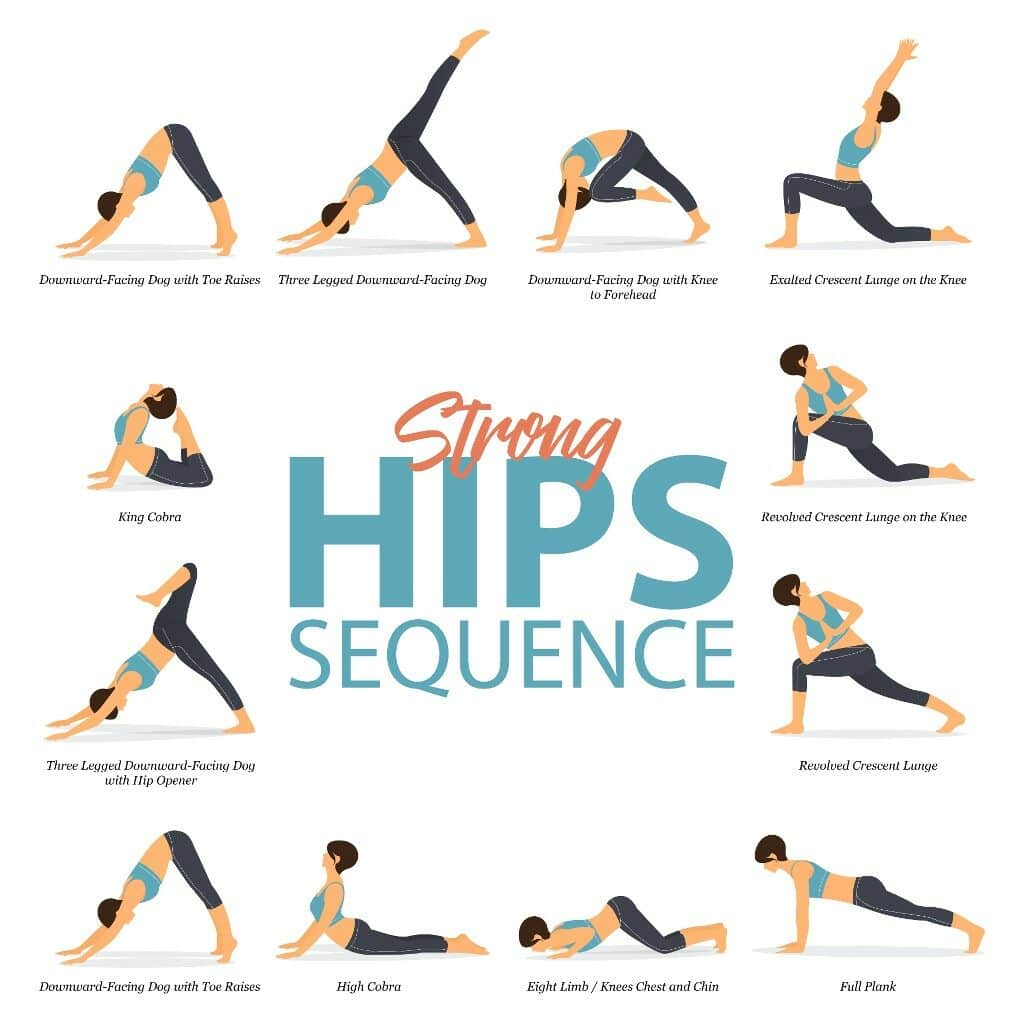
Different Types of Yoga To Release Negative Emotions
As with other disciplines, yoga is diverse and provides you with different sets of poses and routines:
- Hatha Yoga can be a great introduction to this world as it encompasses all the poses and focuses on breathing exercises.
- Vinyasa Yoga is much more rigorous and focuses on constant movement and “flow.”
- People practice Yin Yoga at a slower pace than the rest.
- Ashtanga Yoga focuses on breathing and continuous movement.
- Restorative yoga focuses on breathing and stretching.
- There are other types, so before becoming a yogi, read a bit more about each and decide which one is the best for you.
Final Thoughts
As stated above, it’s normal and common to cry during yoga. So the next time you’re practicing and feel strong emotions well up inside you, don’t hesitate to let them out and experience them to the fullest until you’ve released all you need to bring out.
[1] BMC: Functional improvement in hip pathology is related to improvement in anxiety,
